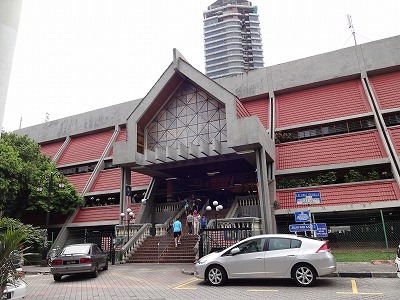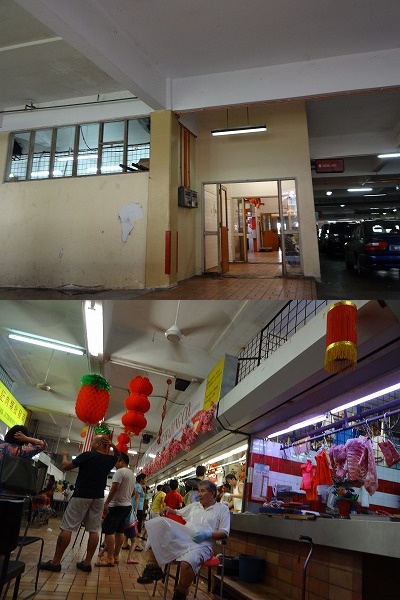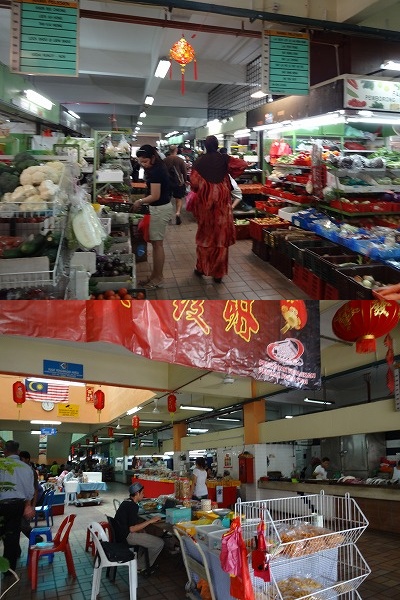Japanese love Asian cuisines such as Chinese, Korean, Thai, Vietnamese, and Taiwanese cuisine. How about Malaysian cuisine? Unfortunately, it hasn’t been popular yet.
Why?
Maybe it’s because of the image of boiled fish? Is it because its color visually dark? Is it because of HALAL food for Islamist?
I have been to Malaysian restaurant in Ikebukuro named “MALAYCHAN” (http://www.malaychan-satu.jp/) when I was a university student. Malaysian dishes were too rare to try for me then, I could eat only Nasi Goreng (Malaysian fried rice).
But now, I know Malaysian food suit Japanese taste!!
There are a plenty of tasty foods in Malaysia. Malaysian food is not popular like Thai food in the world, but the great thing in a multi-ethnic, multi-cultural Malaysia is that you can eat various ethnic cuisines.
By the way, what is Malaysian cuisine?
There are 4 major cuisines, which are Malay, Malaysian Chinese, Malaysian India and Nyonya. Nyonya cuisine combines Chinese and Malay cooking techniques and ingredients and it’s started from the Straits Settlements (Penang, Malacca, Singapore). The unique thing is that pork is used for Nyonya cuisine.
Furthermore, there are many authentic ethnic restaurants. Of course, you can find a lot of Japanese restaurants! You have options to choose Ramen shop and even SUKIYA Gyudon recently came to Kuala Lumpur!!
The number of Malaysians who visit Japan is recently increasing. But Malay Islamists seem to feel difficulty to find HALAL food in Japan. I have heard from a Malay friend that there is one popular chain restaurant in Japan. Guess which chain is?
It is TENDON TENYA. Tendon is a dish cooked fish and vegetables, so they can eat Tendon in relief.
Halal food is the one allowed under Islamic dietary guidelines. Chicken and Beef are allowed, but they must be manufactured under the special HALAL process. That’s why Islamists can’t eat Gyudon or Oyako-don in Japan.
In supermarkets in Malaysia, Non HALAL foods such as pork and alcohol are sold in a separated corner. I am afraid to say, but I can’t satisfy the quality of pork sold in supermarkets.
In such circumstances, there is the most famous pork shop in Japanese. The pork shop is located in KDDI market, Kuala Lumpur. KDDI market is always crowded as kitchen of local people.

No.1 pork shop in Japanese is separated from other shops and located next to car parking in the basement.

The Key points of popularity are freshness, affordable price and quality. And one more important point for Japanese is staffs meet requests of slice. We can buy slices for Shabu Shabu, belly slices, blocks for braised pork belly etc. This shop is the gathering spot for Malaysian Chinese and Japanese.

You can find fresh and affordable vegetable, fruit, fish, and meat in this market.
One of fish shops is also famous in Japanese because staff can say some kinds of fishes in Japanese and slice into fillets and debone (Sanmai Oroshi in Japanese).
Do you think it’s very simple reasons?
Yes, it’s simple. But don’t you think that it’s hidden missing business tips in this example?
Reported by Makiko Wada, Sugawara Institute
